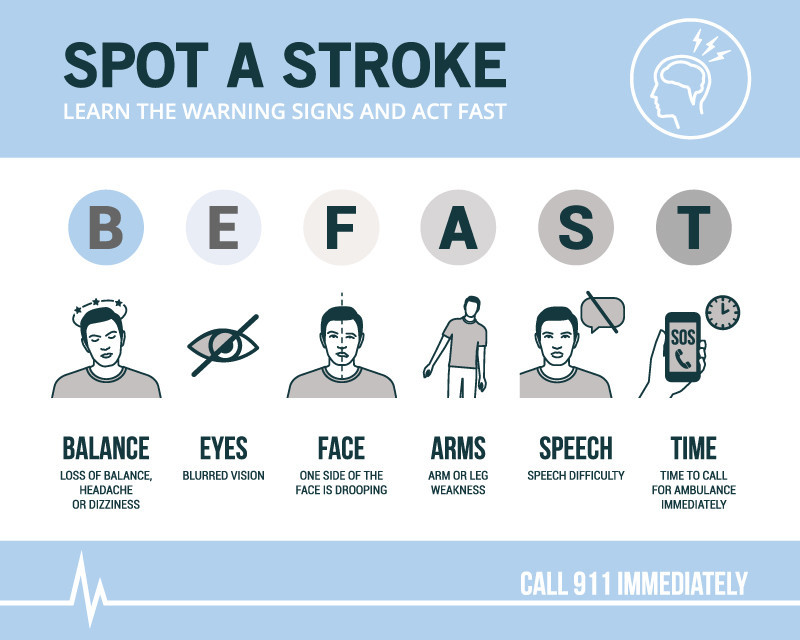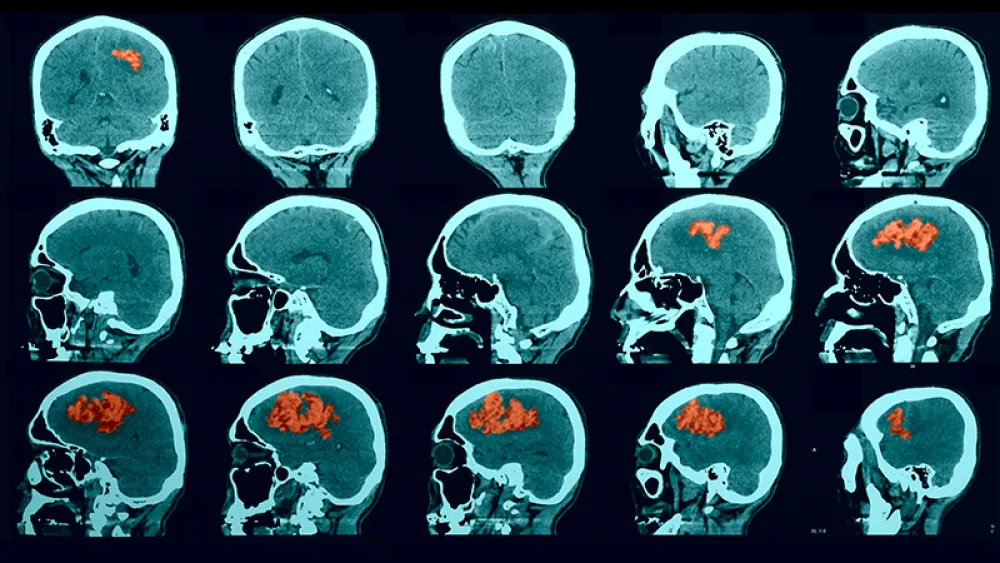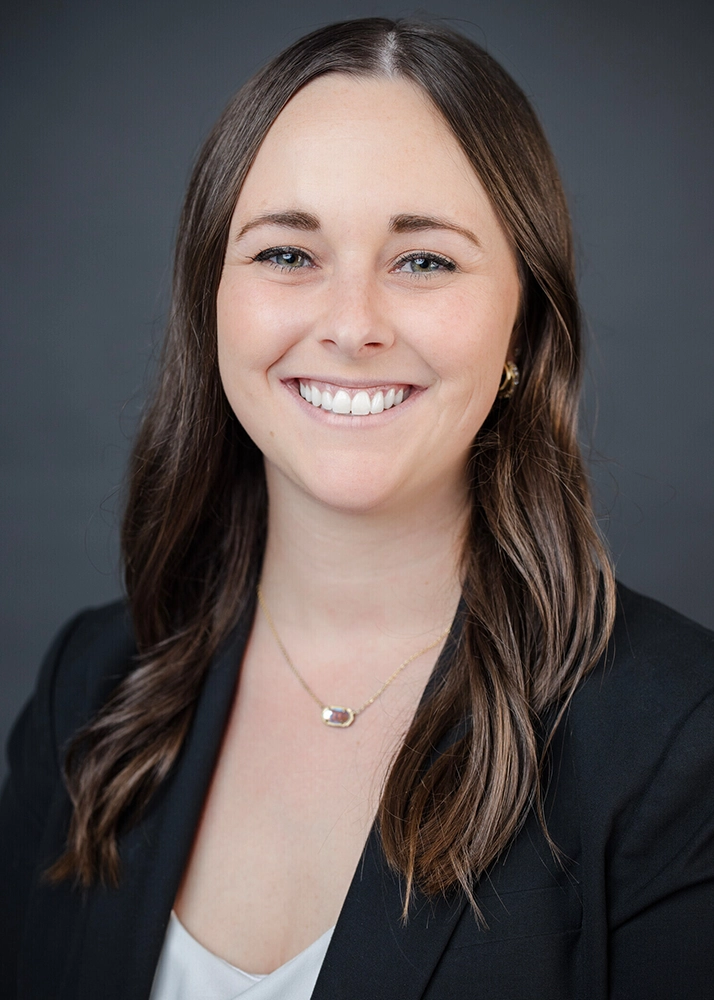





Today's Medicine
Is it a stroke? Time to BE FAST
Published: May 10, 2024

In stroke readiness, we have a saying: Time is brain.
Every minute that passes following a stroke could mean the loss of precious brain cells – and the difference between a positive and negative outcome. That’s why when it comes to detecting a stroke, we urge everyone to BE FAST.

BE FAST
Each letter in the acronym, BE FAST, stands for a warning sign of stroke.
B – Strokes that begin in the posterior of the brain (which can account for up to 20-25% of all strokes) can often cause sudden changes in balance. You may experience dizziness or headaches as you try to maintain your balance.
E – Posterior strokes can also cause problems with your eyes. You may lose sight, experience doubled or blurred vision, or not see things to the right or left.
F – If you notice one side of your face feels tingly and kind of droopy on just one side, that is a sign of stroke. It may feel like you just visited the dentist and had a shot of a local anesthetic.
A – A loss of strength or weakness in your arm, leg or both on one side of your body can be a key indicator of stroke. This asymmetry may feel like a tingling sensation or that you just can’t move one side.
S – If you are trying to talk but your words aren’t coming out normally, that speech difficulty is a sign of stroke. You may have difficulty understanding what a person having a stroke is saying. Words can come out slurred or garbled.
T – If you experience any of the symptoms above, time is of the essence. Call 911 right away.
What to do if you experience symptoms of stroke
It's important that you call 911 immediately and not try to drive a stroke victim to the hospital. When you call 911, ambulance crews can inform our emergency department staff that a potential stroke patient is on the way. It allows us to save precious minutes when you arrive. The quicker a stroke patient can receive treatment, the better their chance of recovering from the event.
Preventing stroke
Up to 80% of clot-related strokes can be prevented through proper lifestyle and diet. It’s all about:
- Managing high blood pressure
- Controlling cholesterol
- Reducing blood sugar and controlling diabetes
- Being active
- Eating better
- Losing weight
- Not smoking
If you're at risk for stroke, your provider may also prescribe medications to prevent stroke.
A healthy lifestyle begins with awareness and YOU.
More Resources
- Learn about stroke treatment and recovery at Methodist.
- Learn how Methodist can reduce the risk of stroke through the innovative WATCHMAN™ and TCAR procedures.
- Read more stories on heart health in our newsroom.


